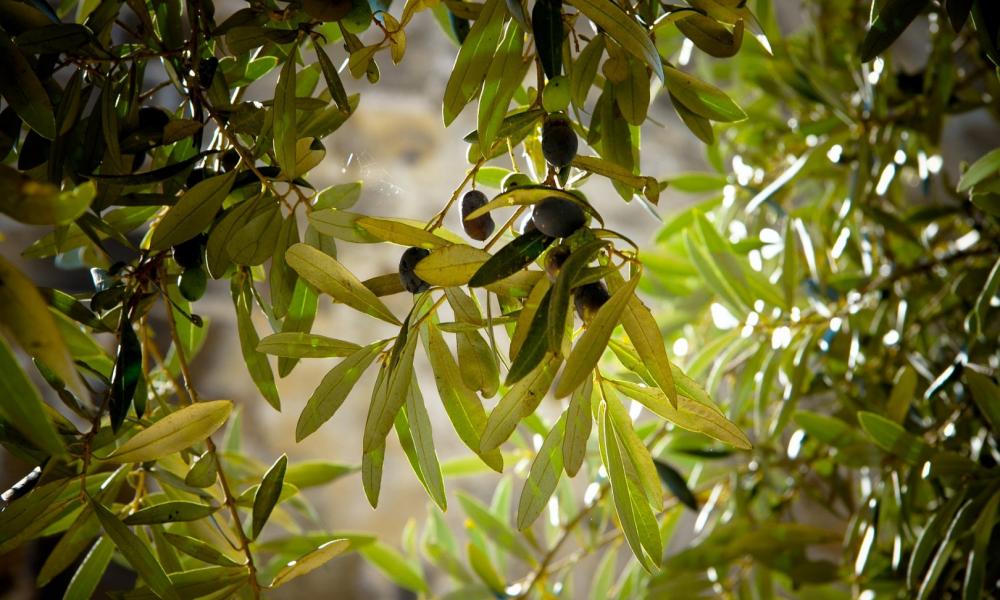
Olive oil is an Italian excellence recognized throughout the world,
thanks to its Mediterranean climate, a product that has many beneficial
properties that make it a fundamental element for a healthy and balanced
diet. But, given the many qualities and brands that can be found in any
Italian supermarket, it is good to have some more information, to make a
conscious choice and know what you are eating.
The origins of olive oil
Since
ancient times man and the olive tree have had very close ties: there
are many testimonies that we can find in more or less ancient
manuscripts. The origin of the olive tree plant can be traced back to
the Eastern Mediterranean area. The oldest traces have been found in
Israel, and more precisely in Haifa, and are dated back to the fifth
millennium BC. The first techniques for the production and preservation
of olive oil - strictly extra virgin - are the work of the Greeks and
Romans: techniques that remained unchanged for centuries. The same
diffusion of the plant is mainly due to these two peoples who, during
the expansions of their empires, exported the much loved plant. In this
way the olive tree arrived in many European countries, France and Spain
in the lead. In regions with a more Mediterranean climate the plant
found fertile soil, so much so that it became an integral part of the
landscape and production typical of the territory, up to the present
day.
Olive oil, from harvest to finished product
During
the ripening phase the olives tend to gradually increase their oil
content, while reducing their water content. The harvest season begins
in mid-October, although each region follows its own calendar, which
changes according to the variety present on the tree (the harvest of
slow-ripening varieties only ends in mid-January). The techniques used
for harvesting are different: some growers pick the olives by hand,
others strike the branches, dropping the fruit on sheets laid out on the
ground. Once harvested, the olives must be sifted, washed, crushed and
finally pressed (preferably cold, so that the oil does not overheat,
thus losing nutrients and changing taste).
Getting to know olive oil: the classification
Nowadays
on the shelves of all supermarkets you can find dozens of extra virgin
olive oil, of various brands and from oil mills throughout Italy (and
beyond). But when is an oil really extra virgin? First of all, it must
be specified that an oil is "virgin" when it is obtained from a single
crushing of the olive and the consequent extraction of the oil contained
through a mechanical action, so as not to cause alterations of the
product. The next step is represented by extra virgin oil, which has
other specific, very technical characteristics, including the degree of
"free acidity" - expressed as oleic acid - not exceeding 0.8 grams per
100 grams. But above all it must be cold pressed! Any other pressing
technique alters the values - both organoleptic and beneficial
properties - of the oil, so be careful!
Olive oil is good for you!
Theories
about the health benefits of olive oil have been wasted since ancient
times, but it is only in the last century that science has confirmed
these theories. First of all, it is rich in unsaturated fats, which
promote the elimination of cholesterol, decreasing the chances of
stroke, heart attack and atherosclerosis. In addition, thanks to the
high quantity of vitamin E, polyphenols, phytosterols, chlorophylls and
carotenoids, the oil is able to slow down the action of free radicals,
making it a real "Elixir of eternal youth"! Recent research has even
shown that regular consumption of olive oil prevents the formation of
colon and breast cancer.
How best to preserve it
Just
as with wine, oil must also be stored with care: dark glass bottles are
ideal, protecting it from sunlight. Since once opened the bottle starts
the oxidation process, it is good to consume it as quickly as possible
(always keeping it in a dry, dark and cool place).


